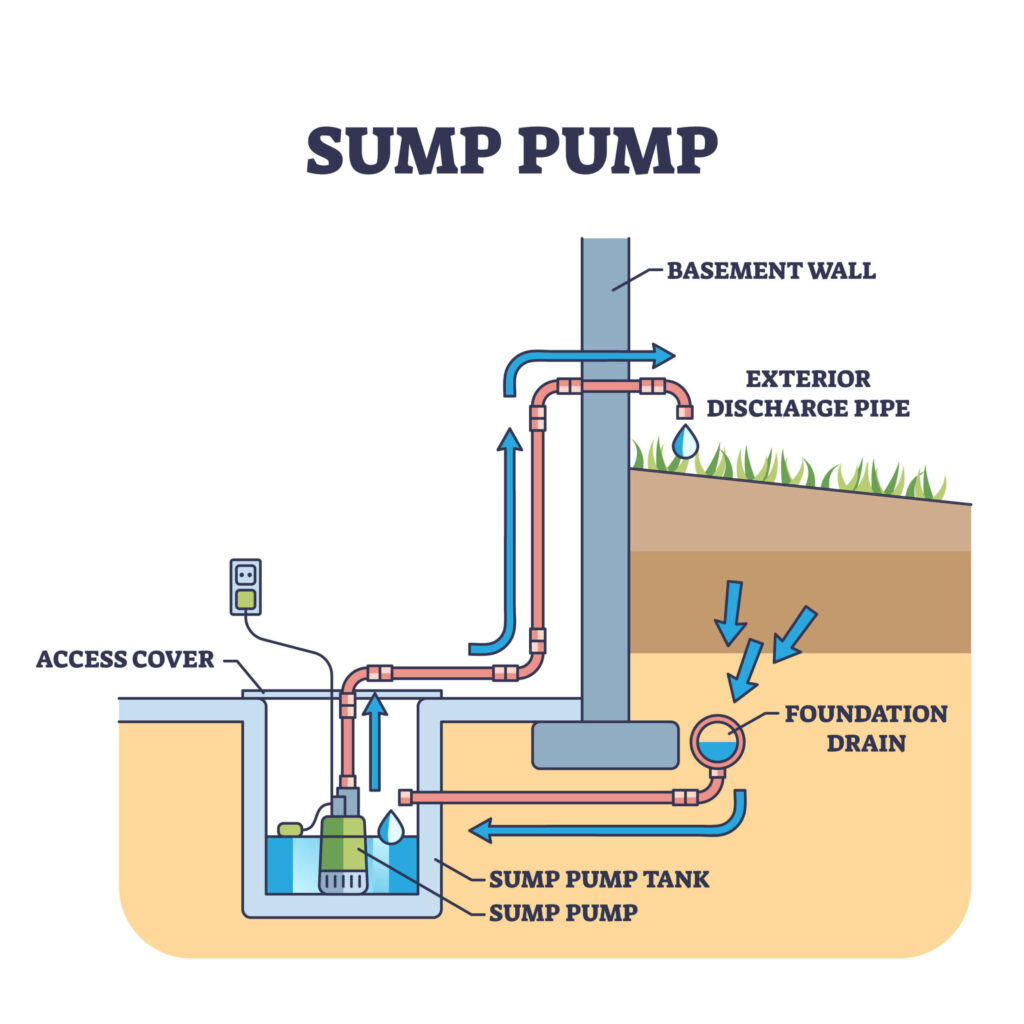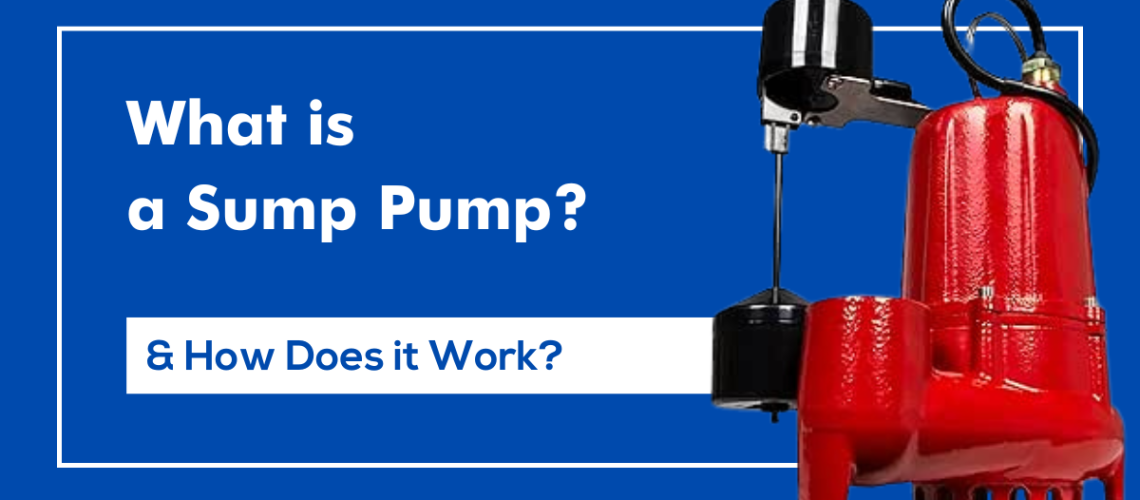If you own a home in Alberta, you’ve likely heard of a sump pump. These devices are critical for preventing basement flooding and water damage, especially during Alberta’s wet seasons or spring thaws. But what exactly is a sump pump, and how does it work? Let’s dive in.
What is a Sump Pump?
A sump pump is a device installed in the lowest part of your home’s basement or crawlspace, typically in a sump pit. Its primary job is to remove excess water that collects in the pit, preventing it from flooding your basement. The pump activates automatically when the water level rises to a certain point, discharging the water to a safe location outside your home.
How Does a Sump Pump Work?
- Weeping Tile System: The weeping tile (also called a perimeter drain) is a system of perforated pipes installed around your home’s foundation. These pipes collect water from the soil and direct it to the sump pit.
- Sump Pit: The collected water drains into the sump pit, a basin designed to hold the water until it’s pumped out.
- Pump Activation: When the water level in the pit rises to a pre-set level, a float switch or pressure sensor triggers the sump pump to turn on.
- Water Discharge: The pump then pushes the water through a discharge pipe, directing it away from your home’s foundation, often into a storm drain or a designated drainage area in your yard.

Types of Sump Pumps
The most common types of sump pumps found in Alberta homes are:
- Submersible Sump Pumps: Installed inside the sump pit and submerged in water. These are quieter and more efficient for large volumes of water.
- Pedestal Sump Pumps: Positioned above the sump pit, with only the hose reaching into the pit. They’re easier to maintain but noisier.
Testing Your Sump Pump
Regular testing ensures your sump pump is ready to protect your home when needed. Here’s how to test each type:
For Submersible Pumps
- Visual Inspection: Ensure the pump is clean and free of debris.
- Water Test: Pour water into the sump pit slowly. Watch as the float rises and triggers the pump. The pump should activate and expel water through the discharge pipe.
- Discharge Check: Confirm that the water is being directed away from your foundation.
For Pedestal Pumps
- Float Test: Gently lift the float arm to simulate rising water. The pump should activate.
- Manual Switch Test: For pumps with manual switches, ensure the switch functions properly.
- Run the Pump: Pour a small amount of water into the pit and observe the pump’s operation.
How the Weeping Tile and Sump Pump Work Together
The weeping tile system is essential for directing groundwater away from your home’s foundation. Without it, water would build up around the foundation, increasing the risk of leaks and structural damage. The sump pump acts as the final line of defense, removing any water collected by the weeping tile system before it can cause issues inside your home.
Maintenance Tips
To keep your sump pump in good working condition:
- Clean the Pit: Remove debris that could clog the pump or float switch.
- Test Regularly: Check functionality at least twice a year.
- Inspect Discharge Lines: Ensure they are clear and direct water away from your home.
- Backup Power: Install a battery backup or generator to keep your pump running during power outages.
Why Sump Pumps are Crucial in Alberta
Alberta’s climate can bring heavy rainfall, rapid snowmelt, and fluctuating water tables—all of which contribute to basement flooding risks. A properly functioning sump pump system provides peace of mind and protects your home from costly water damage.
If you’re unsure whether your sump pump is ready to handle the next big storm, or if you’d like to install a new system, don’t hesitate to contact a professional for an inspection or upgrade.




